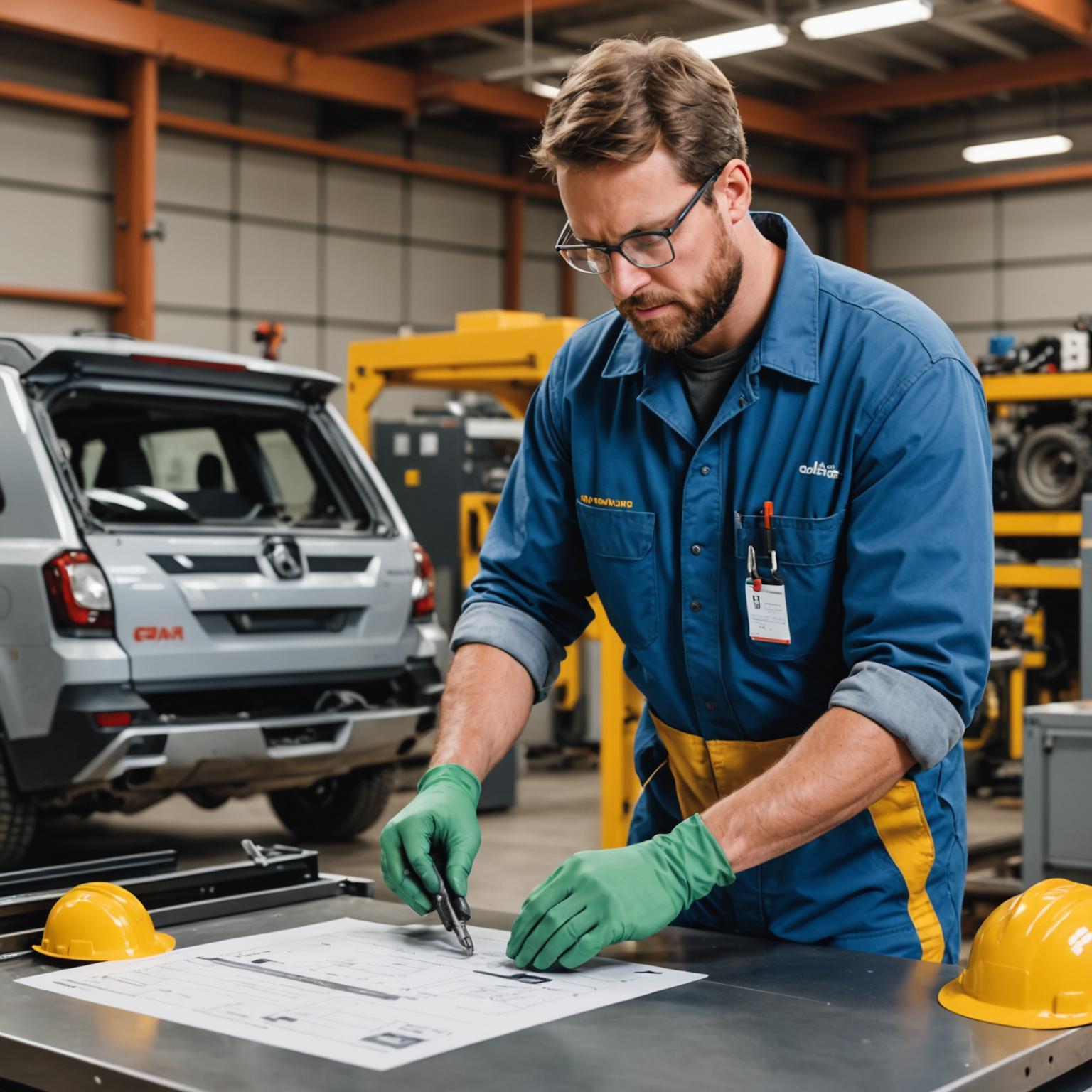The successful operation of any industrial processing line heavily relies on the correct setup of its core components. This is especially true for material separation equipment, where a precise and professional installation of tumbler screeners is fundamental to achieving optimal efficiency, product quality, and equipment longevity. A tumbler screener, with its unique three-dimensional tumbling motion, is designed for high-precision classification and grading of fine and lightweight powders. However, without a meticulous installation process, even the most advanced machine can underperform, leading to production bottlenecks and maintenance issues.
Pre-Installation Checklist: Setting the Stage for Success
Before you even uncrate your new equipment, a series of preparatory steps must be completed to ensure a smooth installation. First, select an appropriate location. The foundation must be a solid, level concrete floor capable of supporting the machine’s weight and absorbing operational vibrations. Ensure there is ample space around the screener for safe operation, routine inspections, and future maintenance access. Upon delivery, carefully inspect the machine and all its components for any damage that may have occurred during transit. Compare the delivered parts against the packing list provided by the manufacturer. Finally, gather all necessary tools, such as cranes or forklifts for lifting, a full set of wrenches, and precision leveling instruments. It is crucial to have a team of qualified technicians who have thoroughly read and understood the manufacturer’s installation manual, as this document contains specific instructions vital for your particular model.
The Core Process: A Step-by-Step Guide to Tumbler Screeners Installation
The actual tumbler screeners installation involves several critical stages that require careful execution. The first step is to carefully lift and position the machine onto its designated foundation. Once in place, leveling is paramount. Use a spirit level on the machine’s base frame and adjust the leveling feet until the unit is perfectly horizontal in all directions. This prevents uneven stress on the frame and ensures the material spreads evenly across the screen mesh. Next, assemble any components that were shipped loose, such as the top dust cover, feeding inlet, and discharge outlets. Following this, focus on the screen decks. Install the screen frames and mesh according to the manual, ensuring the mesh is properly tensioned without any sagging or wrinkles. Incorrect tension can lead to poor screening performance and premature mesh failure. The electrical connections must be handled by a certified electrician who will wire the motor to the power supply and control panel, ensuring all safety standards and local codes are met. Finally, connect the inlet and outlet chutes to your existing production lines, making sure all connections are secure and airtight to prevent dust leakage and contamination.
Final Checks and Commissioning: Bringing Your Screener to Life
With the physical installation complete, the commissioning phase begins. The first action is to conduct an initial test run without any material. Power on the machine and let it run for 15-20 minutes, carefully observing for any unusual noises, excessive vibration, or incorrect motor rotation. Check the machine’s bearings and motor for any signs of overheating. Once the no-load test is successful, you can proceed to a test run with the actual product. Start by feeding a small, controlled amount of material into the screener. Monitor the screening efficiency, the flow of material, and the quality of the separated fractions at each outlet. This is the time to make fine-tuning adjustments to operating parameters, if your machine allows for them, to optimize performance for your specific material. A key part of the commissioning process is providing comprehensive training for the machine operators, covering start-up and shutdown procedures, cleaning protocols, and basic troubleshooting.
Ensuring Longevity Through Proper Maintenance
In conclusion, a meticulous and well-planned installation of tumbler screeners is not just a one-time task but the first and most important step in guaranteeing a long and productive service life for your equipment. By following a structured approach that includes thorough preparation, precise mechanical and electrical installation, and detailed commissioning, you lay a solid foundation for reliable and efficient material separation. This initial investment of time and resources pays significant dividends by minimizing downtime, maximizing product quality, and ensuring a safe operating environment for your team. Remember that this initial setup should be followed by a consistent preventative maintenance schedule to keep your tumbler screener performing at its peak for years to come.

